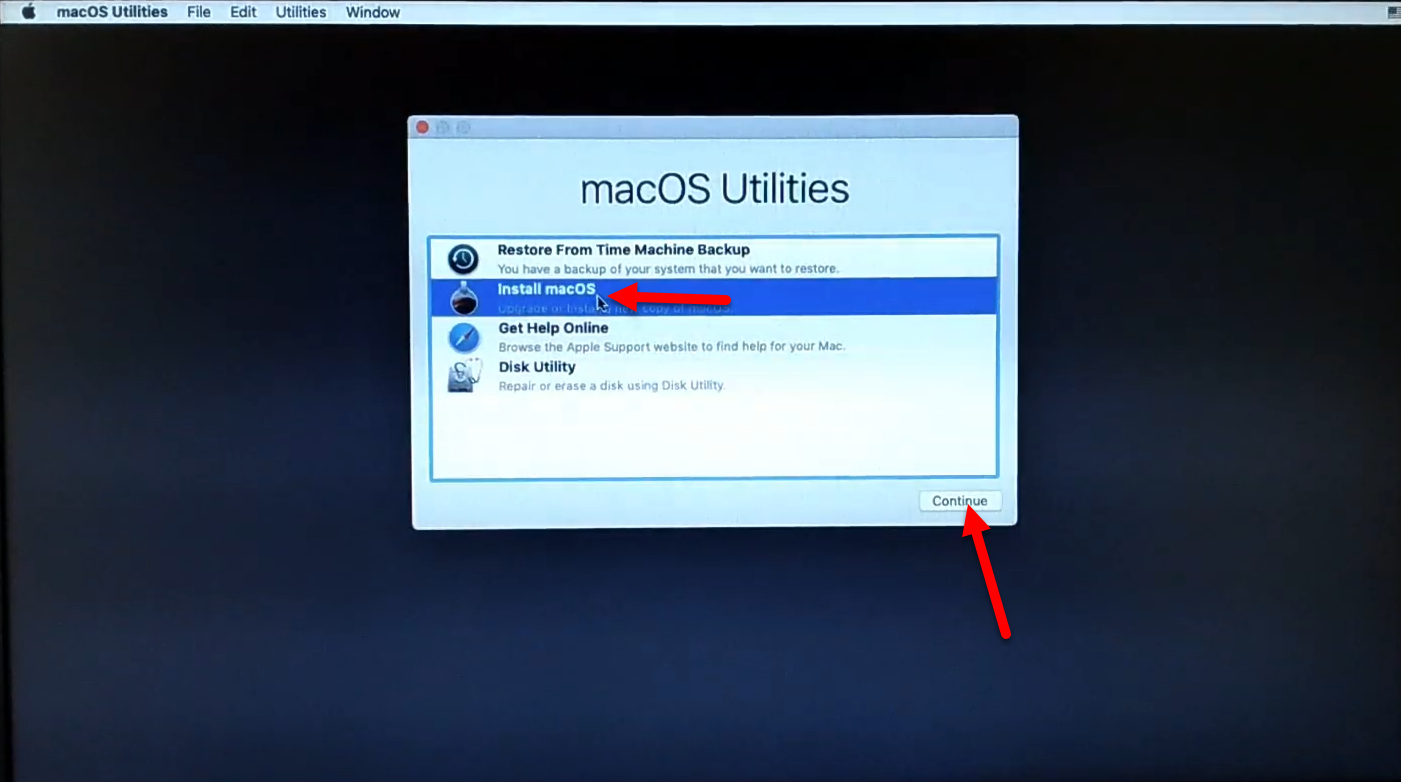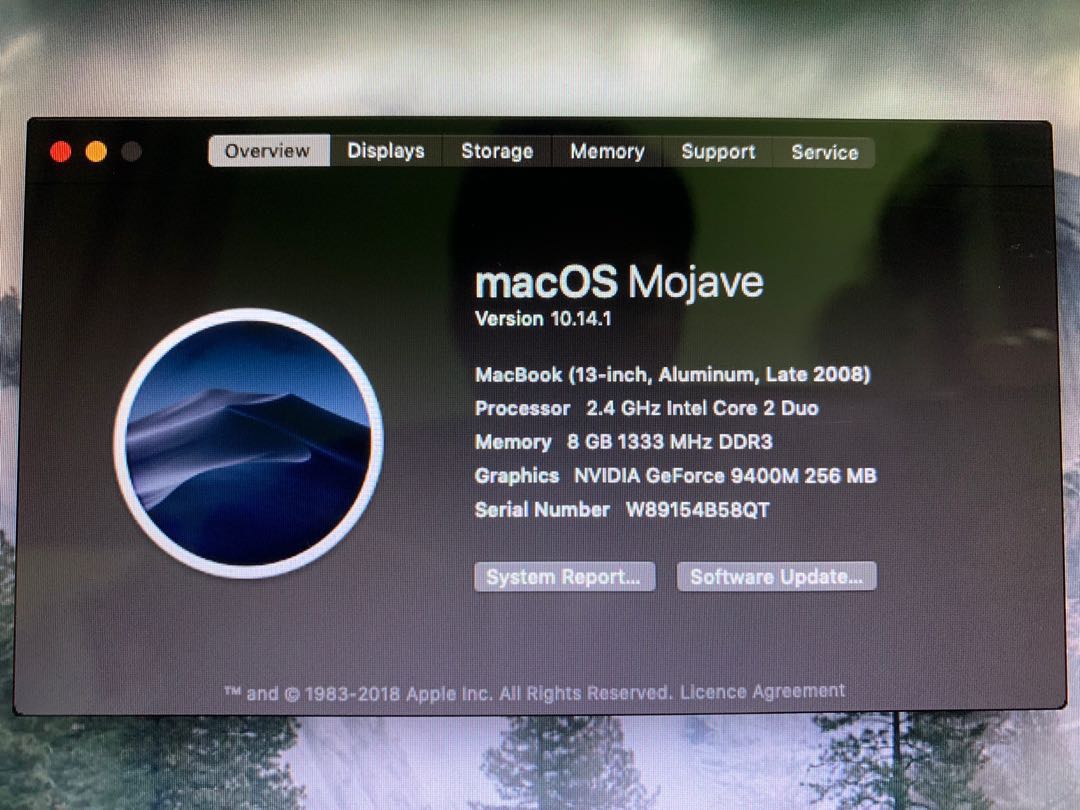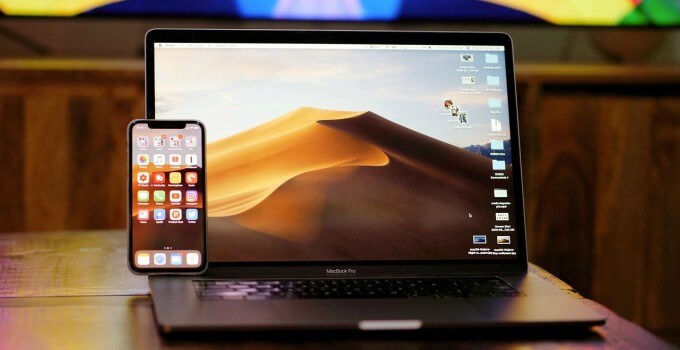Updates
MacOS 10.14 Mojave on Unsupported Macs Thread. I have a preference for amending the distribution file manually or using a script I wrote: FixMacUpdates.sh Usage: ### # USAGE: # 1. Make the script executable in Terminal by typing: chmod +x '/path/to/FixMacUpdates.sh' # - To get the path, drag the 'FixMacUpdates.sh' file into Terminal after. Remember Mojave will be unsupported soon too. With the release of macOS Monterey this year Mojave will be relegated to the unsupported list too fairly soon. If that is the case then yes, there are more secure browsers as you have mentioned, Firefox, Chrome etc but really if you are careful in your browsing habits you are probably in a low risk. MacOS 11 Big Sur is an advanced Macintosh operating system that you can install on your Mac. It has got tons of new features to enhance the user experience, like making safari browser 50% faster, new features of messages, Air Pods improvements, new-design sidebar in mail and photos, widgets in the notification bar, and many more. Click “Tools” and then click “Download macOS Mojave” in the dropdown menu when it appears. Click continue, and then select where you will save the installer. Once the Mojave installer has finished downloading, select the Mojave icon in the macOS Mojave Patcher window. Select your Mojave installer.
Important Notes:- Using APFS is REQUIRED in Mojave in order to receive system updates via the normal Software Update method. If you choose to continue using macOS Extended (Journaled) as your filesystem type, you will NOT receive System Updates via System Preferences. If you are not using APFS, you can follow the 10.14.1 installation steps below.
- After applying ANY system update via Software Update, re-applying post-install patches using your Mojave Patcher installer volume will most likely be necessary. If you install a software update and the system fails to boot afterwards, this is what needs to be done.
10.14.6
10.14.6 can be updated normally via Software Update if using an APFS volume, and will need to be patched using an installer volume created with Mojave Patcher version 1.3.2 or later after installing.
10.14.5

10.14.5 can be updated normally via Software Update if using an APFS volume, and will need to be patched using an installer volume created with Mojave Patcher version 1.3.1 or later after installing.
10.14.4
10.14.4 adds new changes that ARE NOT patchable by the post-install tool of Mojave Patcher v1.2.3 and older! Before updating to 10.14.4, you you will need to use the latest Mojave Patcher version to create a new installer volume, using the 10.14.4 installer app. Then, update to 10.14.4, either by installing via Software Update, or by just using the installer volume you've created to install.
10.14.3

If you are currently running 10.14.1 or 10.14.2, you can simply use the Software Update pane of System Preferences (if using APFS) to apply the 10.14.3 update. Once the update is installed, you will most likely need to re-apply post-install patches to get the system to boot again. This process is detailed in steps 8 - 10 above. If you are currently running 10.14.0, you'll need to proceed with the 10.14.1 update method described below.
Install Mojave On Unsupported Mac Mini
 10.14.2
10.14.2Install Mojave On Unsupported Mac Mini
If you are currently running 10.14.1, you can simply use the Software Update pane of System Preferences (if using APFS) to apply the 10.14.2 update. Once the update is installed, you will most likely need to re-apply post-install patches to get the system to boot again. This process is detailed in steps 8 - 10 above. If you are currently running 10.14.0, or are using a non-AFPS volume, you'll need to proceed with the 10.14.1 update method described below.
Mojave Patcher Tool

10.14.1/macOS Extended (Journaled) volumes
The Mojave 10.14.1 update does NOT install properly on unsupported machines, and could result in an unbootable OS. If you want to install the 10.14.1 update (and are not currently running 10.14.1), perform the following steps:
• Download the latest version of Mojave Patcher
• Download the installer using the Tools menu of Mojave Patcher
• Create a patched USB installer
• Boot from that, and install 10.14.1 onto the volume containing an older release.
• Once done, apply the post-install patches, and you should now be on 10.14.1.
«12»
Comments
- pls direct me to the right forum is the following question is not to be posted here.I downloaded the patch version dosdude1 Current version: 1.1.2.Created the flash drive and got a successful complete.Tested on a Macbook Pro mid 2011 and a new hard disk.The installation bar goes to the end and stays there, waited for a long time and have to shutdown the computer.I used Mojave Beta2 and i don't know if this is the problem. the dosdude1 version suggest the latest.So what Mojave beta works with Dosdude1 current version: 1.1.2?anybodyP.S. I know there some old version of this tool, which one will work?
- I have a 2011 iMac, cant i just upgrade the chip, ram and graphics card to make it work?
Not Happy, I have a iMac 27p SSD I7 mi-2009 fast, and NO MOJAVE UPGRADE, disgusting, Authorize only Mac's after 2012, that is 6 years old, use not acceptable when you think that your machine costs 4000 dollars, even Microsoft does not do that
A Mac is not a Phone !
I can understand that some features cannot be available, but the FULL release not available without a good technical cause cannot be accepted without fight.
Is there an association there that could issue a class action to claim for Mojave support for our not so old Macs ?
I have a 2009 PC with the latest Windows 10, Is not Apple ashamed to issue a Mojave is forbidden to a perfectly fast and modern machine like the iMac mid-2009 ? Same for MacBook Pro ? same for MacBook Air ? Please Steve come and clean their minds.
We have to make the buzz on Social Networks and Mac information sites, If not the delay will be 5 years, then 3 years, then 1 year and we will have to go back to Windows PC.
Best Regards
Not Happy, I have a iMac 27p SSD I7 mi-2009 fast, and NO MOJAVE UPGRADE, disgusting
Last it seems that there was a deal with Microsoft to use a microsoft antialiasing software up to 2017, this would restrict Apple Mac OS to Retina display, may be this is the real reason for discarding more that 5 years old Macs that are not Retina, a number of users having non retina screens (external ),are claiming that fonts are ugly with Mojave !!
So do not upgrade to MOJAVE if you have non Retina external display, try it with a Dongle.
- That is correct, and is exactly what I do, OutdoorAppDeveloper I would like to add a question. What if you upgraded the RAM and switched from an HDD to an SSD, would it be ok to install Mojave on a 2009 Mac with all of these upgrades?
- I did this but now the MBP (early 2011) start complaining about hardware accelaration not turned on. Any ideas?
- I have an iMac mid 2011 and I really intend to buy a new one. But for now all I can do is update it to Mojave and upgrade my actual RAM and change disk to SSD.
- I attempted using macOS Mojave Patcher v1.2.2, downloaded Mojave as instructed, created the USB installer however after rebooting the USB installer could not be seen. There’s no way to boot from it at all, any ideas?edited January 2019
- There's a compelling reason for installing Mojave on my mid-2009 MacBook Pro: Adobe Creative Cloud 2019 will not install on any older versions of MacOS. DosDude's patcher worked flawlessly, and the only problem with the update is cosmetic; the menu bar has a grey tint. I was able to install CC 2019 and it works perfectly.
You can disable transparency and then it'll work normally.There's a compelling reason for installing Mojave on my mid-2009 MacBook Pro: Adobe Creative Cloud 2019 will not install on any older versions of MacOS. DosDude's patcher worked flawlessly, and the only problem with the update is cosmetic; the menu bar has a grey tint. I was able to install CC 2019 and it works perfectly.
system preferences>accessibility>Display> enabling 'reduce transparency' removes the 'greying out glitches in light mode.- Posts: 2unconfirmed, memberHello!!! I'm in desperate need of some help. I tried following the provided in the mojave tool however I after step 6 my mac shut down and when I turn it on it has a cancel sign 🚫
I'm wondering if anyone can help me at least get it back to how it was before?
Thank you! - Posts: 2unconfirmed, member
I tried to add an emoji of the cancel sign but it didn't work so I'll add a picture of what it looks like here: - Though I used a different method and it worked like a charm. The methods can be found here- https://techrechard.com/how-to-install-macos-catalina-on-unsupported-mac/